Author: Future Manager Research Center
Recruitment processes are time-consuming and costly.
Considering that, according to LinkedIn, only 30% of companies manage to fill a vacancy within 30 days and the remaining 70% takes from 1 to 4 months to acquire a talent, it becomes necessary to maintain a proactive approach.
Due to this reason, more and more companies are building a talent pipeline, where they gather a group of high potential talents that cannot be hired immediately, but are considered as reserves for a possible future position.
This type of approach can give a company several benefits, among which the drastic reduction of the time for the recruitment process and the guaranteed identification of highly qualified employees that recognize and are in line with the values and objectives of the company. In this way, recruiters will not have to start every time from scratch when looking for a talent.
The adoption of a talent pipeline allows companies to maintain a proactive approach in the identification and acquisition of talents, who can be involved in the business landscape at the opening of vacancies.
This strategy is useful in the long run and ensures the selection of the best candidates, avoiding the cost of hiring staff not in line with the position or the corporate culture.
This reserve of potential candidates should be nurtured over time through personal relationships, so that they can be ready to be included in a future selection process at any time.
The talent pipeline is based on marketing and sales principles and strategies, so much that the candidate is seen as a customer. For this reason, the talent will be accompanied along a path of engagement similar to a “customer journey“.
The process will begin from an awareness phase in which the candidate will begin to know the company, its values etc. It will follow an engagement phase, where the person will be get in touch with the corporate landscape, through social media and the official website which will keep the relationship vital.
A company cannot simply include in the system the names of possible future candidates, but must also influence their behavior and maintain a relationship with them.
In this way even passive candidates, those who already have another job, can consider the idea of moving in the direction of a company that has taken care of the relations with them, thus pushing them towards the conversion phase.
